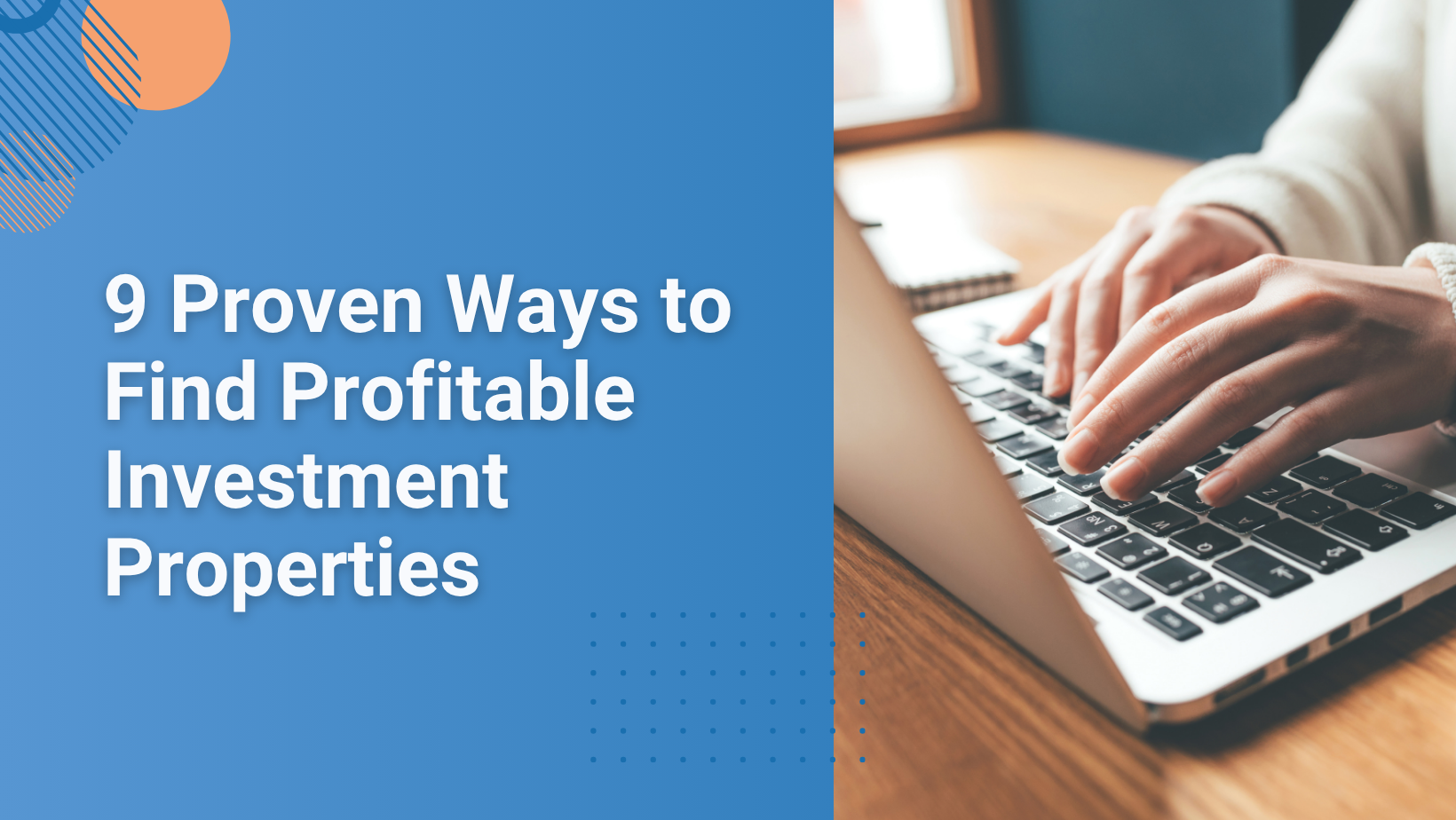
How to Determine an Apartment Building’s Value

Properly underwriting an apartment building's value is critical to finding and making great deals.
Generally, a bank will use three different ways to assess an apartment building’s value.
- The sales approach
- The replacement approach
- The income approach
The sales approach looks at other comparable properties and what they have recently sold in the area. These comps are similar to residential real estate comps.
The replacement approach looks at how much it would cost to create the building, or buildings, from scratch, given construction materials, labor costs, etc.
Stay connected
Get rental market insights delivered straight to your inbox.
And the income approach looks at the profitability of the asset based on income and expenses.
However, the income approach has a very heavy weight in the value assessment because, after all, the bank is investing in a business, not just a property.
When it comes to assessing an apartment building's value using the income approach, there are a few key terms to know, like ROI, Cap Rate, and NOI. But NOI or Net Operating Income is by far the most important.
This article will look at this key ratio — the foundation for determining an apartment building’s value and price tag.
Knowing how to make sense of NOI is fundamental to your profitable real estate investing enterprise.
You can calculate the capitalization rate (Cap Rate) for your specific property by dividing the NOI by the price you paid for your property. But there is another, different cap rate you will use to calculate the market value. That cap rate is determined by what other similar properties have sold for in your area. Your area will have a “market cap rate.” The market cap rate depends on neighborhood economic situations and market sales.
So, to get the value of an apartment building, you must first determine the NOI or net operating income.
Here are step-by-step instructions on how to calculate an apartment’s NOI:
Determining Total Income
Add up all sources of income for the property for the year. Items can include:
- Rents from the properties
- Coin-operated laundry machines
- Vending and candy machines
- Parking charges
- Storage fees
- Late charges
- Any other income
For example, let’s take a 100-unit complex where each unit rents for precisely $1,000 every month – ha, wouldn’t that be nice?
The complex also has coin-operated washers and dryers and a few soda and candy vending machines that create $1,000 every month in income.
Likewise, tenants can rent additional parking spaces that go for $100 every year, and 50 units have them for a yearly aggregate of $5,000.
So what’s the Total Income?
- 100 units X $1,000 every month = $1.2 million yearly for lease salary
- $1,000 every month in clothing and distributing = $12,000 yearly
- $5,000 in parking expenses every year
- Our aggregate income is $1,217,000 for this complex.
We can determine the NOI by subtracting Total Expenses from the aggregate income total.
Determining Expenses
Here’s a rundown of potential operating costs for the apartment complex:
- Property Management charges
- Maintenance and repairs
- Trash collection
- Landscaping
- Pool Service
- Taxes and insurance
- Accounting and legal fees
- Utilities
- Security
Also, the mortgage payment is not included in determining NOI.
Suppose that the more significant part of our yearly costs on this 100-unit apartment complex turns out to be approximately $517,000.
Calculating NOI
So what is our NOI?
$1,217,000 (Total Income) – $517,000 (Total Expenses) = $600,000 (NOI)
The NOI in this illustration is $600,000.
Determining the Market Cap Rate
To determine the market cap rate, you can do three different things:
- Ask commercial brokers familiar with the neighborhood the apartment complex is located. Talk with at least three different brokers and find a consensus.
- Research similar recently sold properties in the area. If you can get the NOI and sales price, you divide the NOI by the sales price.
- As local commercial lenders have given loans in the area. They will be using a cap rate to evaluate properties, and their assessment is critical because they are the ones who will estimate the value of your property for financing.
Determining the apartment building's value
Once we have a pretty strong idea of the local cap rate (giving the bank’s assessment the highest degree of credibility), we can calculate the value.
Suppose that we’re utilizing a cap rate of 10%.
To calculate the value, we divide $600,000 (the NOI) by .10 (the market cap rate), and we get $6,000,000 as the price tag or market value of the property.
Can you now see how essential NOI is? You really can’t affect the market cap, but you can control NOI.
If your NOI were $500,000, the property value would fall to $5,000,000. Or, if your NOI were $700,000, the property would increase to $7,000,000.
So you can see how advantageous a higher NOI is to the equity and value of your property. So, it begs the question, “How do I increase my NOI?” The answer is simple: reduce expenses and increase income!
The great advantage of investing in apartments is that you can directly “force appreciation” and value by managing the property and its finances.
It’s all about the numbers!
The following blog article was contributed by Bill Manassero, the founder of “The Old Dawg’s REI Network,” a blog, newsletter, and podcast for seniors and retirees that teaches the art of real estate investing. His real estate investing goal, which will be chronicled at olddawgsreinetwork.com, is to own/control 1,000 units/doors in the next six years.
Stay connected
Get rental market insights delivered straight to your inbox.

 LinkedIn
LinkedIn
 Facebook
Facebook
 Email
Email
 Twitter
Twitter
 Quickly evaluate current rents with QuickView™ Rent Estimates
Quickly evaluate current rents with QuickView™ Rent Estimates

